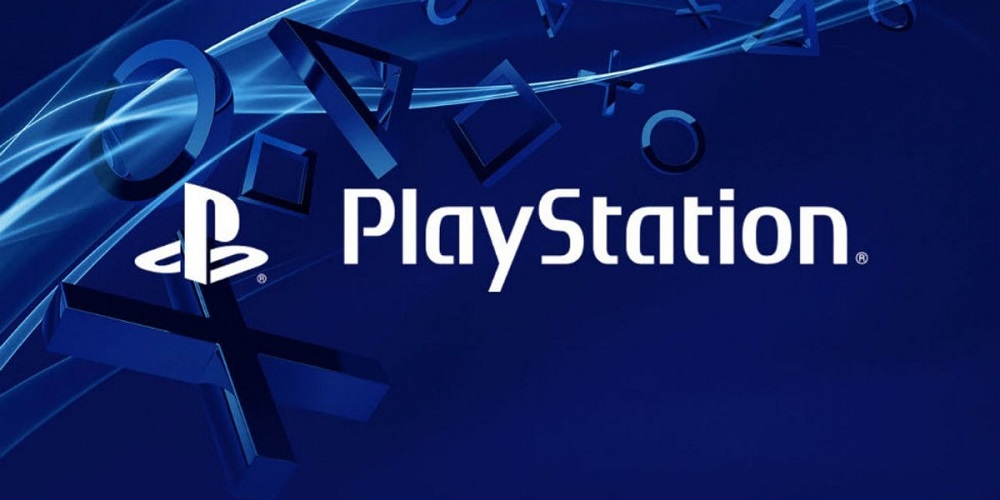In 1994, the gaming world changed forever. Sony, a company long known for electronics and entertainment, officially stepped into the gaming arena with the launch of the PlayStation. This wasn’t just a new console—it was a paradigm shift. With cutting-edge hardware, a bold business strategy, and an eye toward the future, the PlayStation didn’t just compete—it conquered.

Let’s explore how Sony’s first foray into gaming redefined the console landscape and laid the groundwork for the modern gaming era.
From Partner to Rival: The Nintendo Breakup
The story of the PlayStation begins not with Sony alone—but with Nintendo. In the late 1980s, Nintendo collaborated with Sony to create a CD-ROM add-on for the SNES. The deal was ambitious: combine Sony’s audio and disc expertise with Nintendo’s gaming prowess. But it unraveled due to licensing disagreements.

At the 1991 CES, Nintendo stunned Sony by announcing a partnership with Philips instead. Sony had been blindsided, humiliated. But instead of backing out, Sony chose revenge—by developing its own console.
Led by Ken Kutaragi, Sony built a dedicated team and pivoted its CD-ROM ambitions into a standalone platform. Thus, the PlayStation was born—not as an accessory, but as a competitor.
🎮 Read more about Nintendo’s earlier dominance in our article: Super Nintendo Entertainment System
Breaking New Ground: PlayStation Hardware & Strategy
The PlayStation launched in Japan on December 3, 1994, and in North America in September 1995. It was sleek, fast, and powerful.

| Feature | Specification |
|---|---|
| CPU | 32-bit RISC @ 33.8 MHz |
| Graphics | 360,000 polygons/sec |
| Media | CD-ROM (650MB) |
| Audio | 24-channel stereo sound |
| Controller | Digital (DualShock followed later) |
Sony’s advantage came from its use of CD-ROMs. While Nintendo and others still relied on cartridges with 2–16MB of space, Sony offered 650MB per disc. This allowed:
- Full-motion video (FMV)
- Orchestrated soundtracks
- Expansive 3D environments
It was more than just a hardware leap—it was a strategic masterstroke. Sony priced the PlayStation at $299, undercutting rivals like the Sega Saturn and later the Nintendo 64.
A Revolution in Gaming Content

At launch, PlayStation had a strong lineup including:
- Ridge Racer
- Battle Arena Toshinden
- Rayman
But the real game-changers arrived later:
- Final Fantasy VII – A cinematic epic that sold over 10 million copies.
- Metal Gear Solid – Invented stealth gameplay as we know it.
- Gran Turismo – Elevated racing sims with realism and customization.
- Castlevania: Symphony of the Night – A landmark in nonlinear platformers.
These weren’t just games—they were experiences, blending narrative, voice acting, and cinematic direction.
Sony’s open-door policy to third-party developers was a huge win. Unlike Nintendo’s tight controls, Sony offered better terms, CD distribution, and creative freedom.
The Console Wars Ignite
By the late 90s, the PlayStation was locked in battle with Sega and Nintendo.
While Sega Genesis had a head start in the 16-bit era (see: Sega Genesis vs. SNES: The 16-Bit Console War Begins), Sony quickly captured the attention of a growing teen and adult market.
Their marketing was bold:
- Gritty ads, urban soundtracks
- Slogans like “You Are Not Ready”
- Demos in music stores and college campuses
PlayStation became a lifestyle, not just a console.
The PlayStation Legacy: More Than Sales
The original PlayStation went on to sell over 100 million units worldwide—a record at the time. But its impact wasn’t just in numbers:
- Games grew up – More mature stories, cinematic presentation.
- Developers innovated – New genres like survival horror and rhythm games emerged.
- Gaming became mainstream – No longer just for kids.
Sony redefined the player base. The PlayStation wasn’t just in bedrooms—it was in dorm rooms, apartments, and clubs.
CD-ROM: The Game Changer
Switching to CDs unlocked entirely new possibilities. Compare cartridge limits to CD potential:
| Format | Max Size |
| SNES Cart | ~4–32 MB |
| PlayStation CD | 650 MB |
With that extra space, games included:
- Fully voiced characters
- Expansive CGI sequences
- Long-form storytelling
Impact on the Industry
The PlayStation:
- Brought CD technology mainstream in gaming
- Shifted industry power from Nintendo/Sega to Sony
- Ushered in the 32-bit era and laid the path for 3D games
Many franchises born or popularized on PlayStation—Tekken, Crash Bandicoot, Tony Hawk’s Pro Skater—are still thriving today.
Even Nintendo’s future strategy was influenced by Sony’s success.
The PlayStation was born out of betrayal but rose through bold vision. It proved that a newcomer could not only compete—but lead.
It was sleek, smart, and future-focused. It understood its audience better than anyone else. And by doing so, Sony didn’t just launch a console—they launched a dynasty.

Comments
Loading comments...